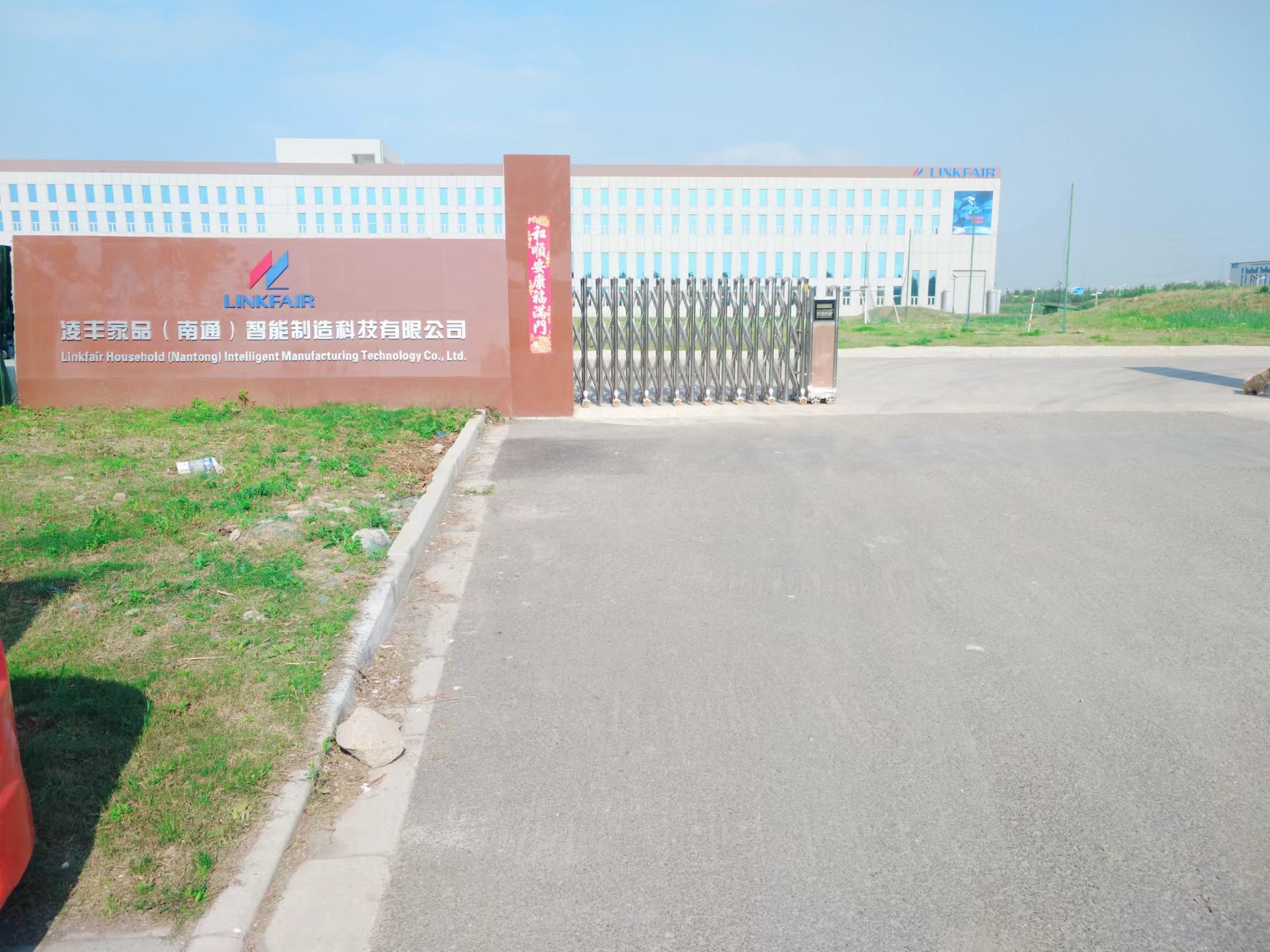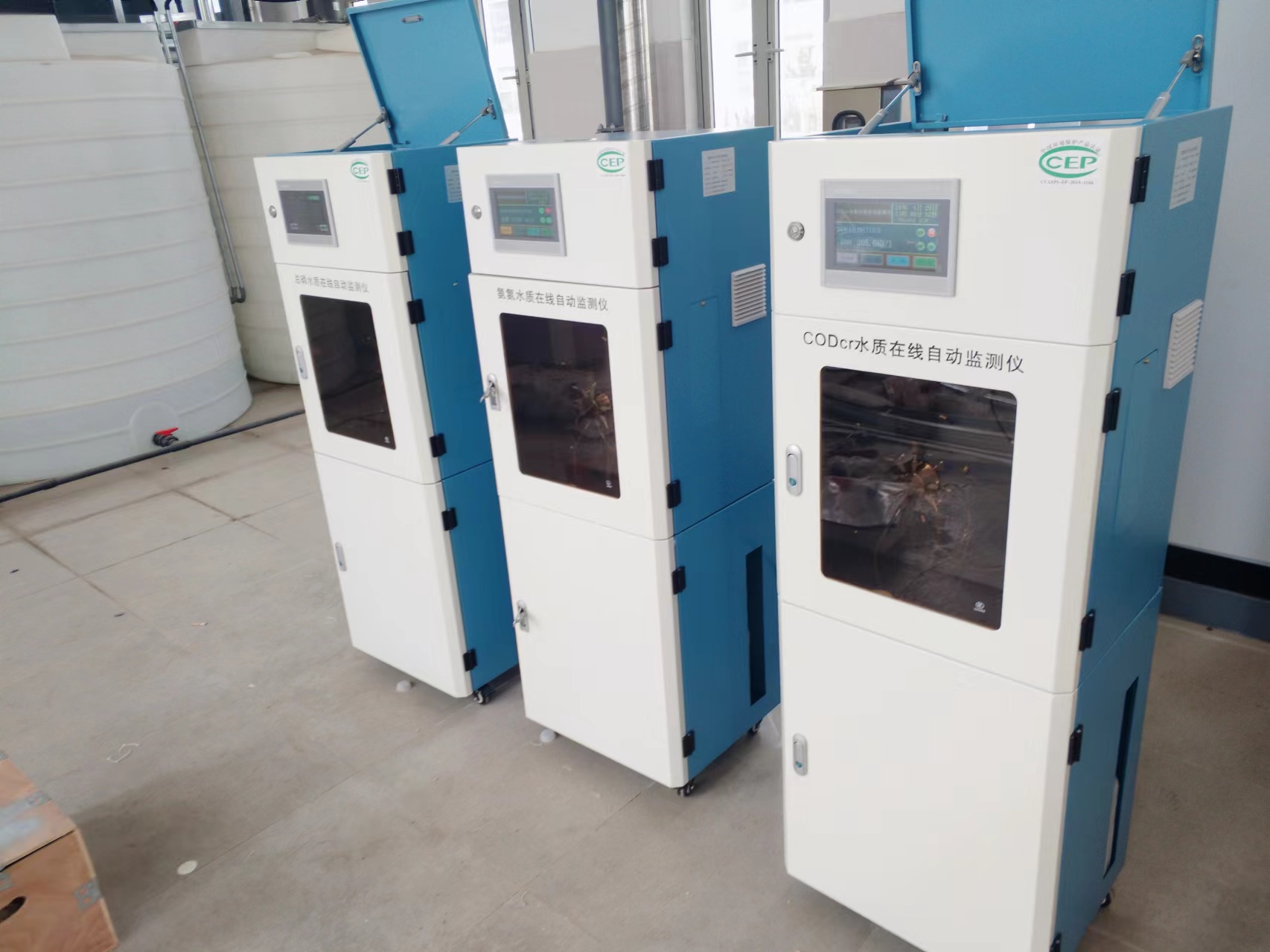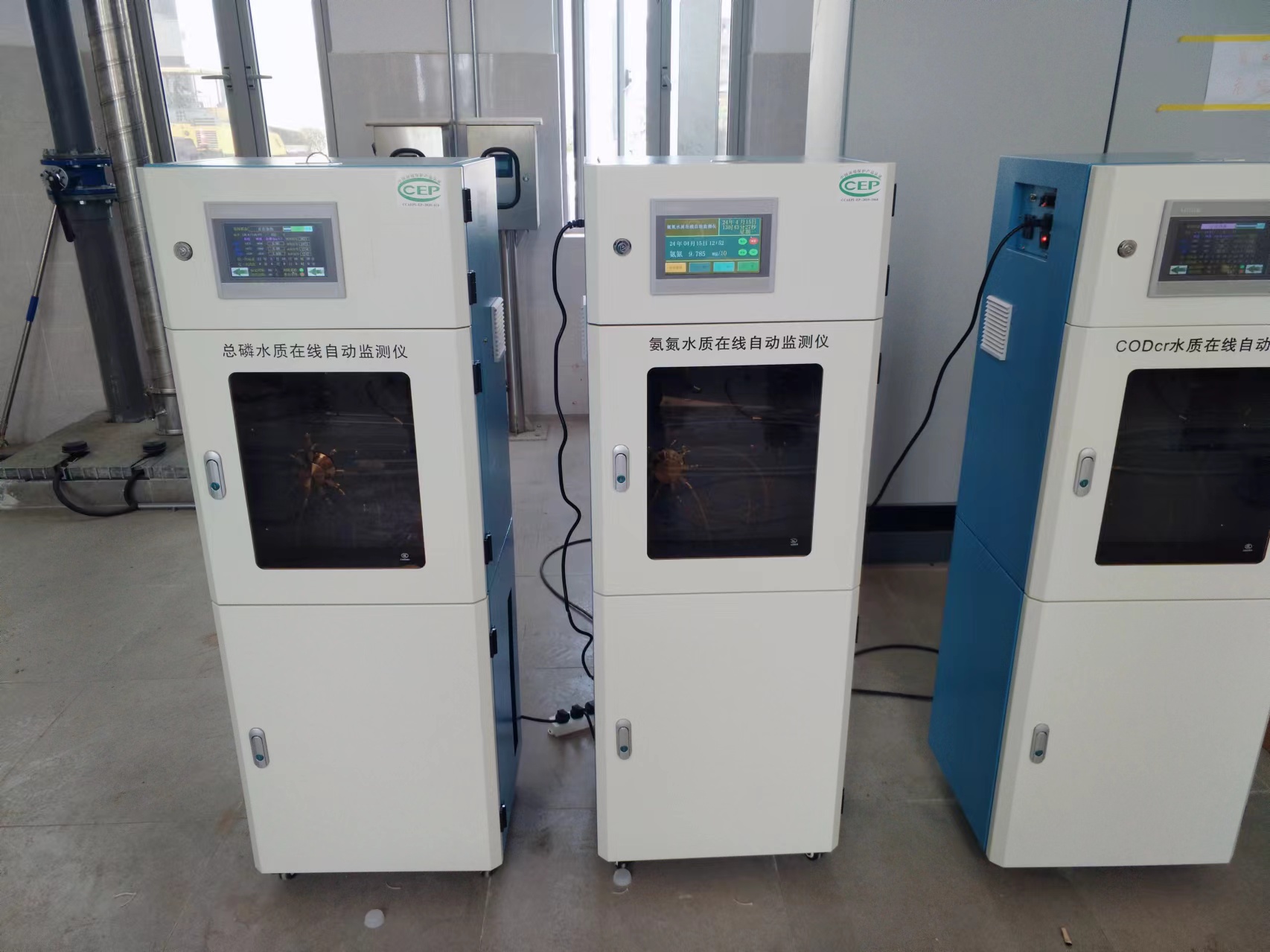Why dyeing and printing mills monitor water quality
Why dyeing and printing mills monitor water quality:
Ensure production safety:
The production process of printing and dyeing textile factory involves a lot of water resources, such as for cleaning, dyeing, printing and other processes. The quality of water directly affects the stability of production process and product quality.
If the water quality does not meet the requirements, may lead to production interruptions, equipment damage, product quality decline and other problems. Therefore, water quality monitoring can ensure the safety and stability of production water.
Meet Environmental Requirements:
Printing and dyeing textile factory in the production process will produce a large amount of wastewater, which need to be treated before discharge.
Water quality monitoring is one of the important means to evaluate the effect of wastewater treatment, which can ensure that the wastewater discharge meets the requirements of environmental regulations and avoid environmental pollution.
Optimize production process:
Water quality monitoring data can provide information on production water and waste water treatment for dyeing and printing mills, thus helping them to optimize their production processes.
For example, enterprises can adjust the results of water quality monitoring dyeing process, cleaning process. Improve product quality and production efficiency.
Which water quality parameters should be monitored in dyeing and printing factories:
pH:
The pH value of the printing and dyeing plant should be between 6.5 and 8.5. Too high or too low pH value will affect the dyeing effect and product quality.
Chroma:
The Chroma reflects the clarity of the water. For the printing and dyeing industry, the lower the chroma value, the better. The dilution factor should not exceed 10 or 25 times.
Transparency:
Transparency is an indicator of the amount of suspended solids and other insoluble impurities in water.
Printing and dyeing factories require high transparency. Transparency will directly affect the quality of dyeing and color depth. Generally required transparency cm ≥30.
Turbidity:
Turbidity is the degree to which suspended matter in water impedes the transmission of light. The higher the turbidity, the worse the water quality.
Printing and dyeing plants have high requirements for turbidity. Turbidity will directly affect the quality of dyeing and color depth.
COD (Chemical Oxygen Demand) :
COD reflects the content of organic pollutants in water. The requirement of COD in printing and dyeing plant is strict, which is less than 250mg/L. High COD will lead to a large number of organic wastes and microorganisms in the water, affecting the printing and dyeing effect and product quality.
Suspended Solids (SS) :
Suspended matter refers to insoluble solid matter in water, including sediment, fiber, microorganisms, etc. Printing and dyeing plants have strict requirements on SS to ensure clean water, to avoid adverse effects on the dyeing process.
What are the characteristics of the water quality monitoring instruments in printing and dyeing mills:
High-precision measurements:
The accurate monitoring of water quality parameters is very important for dyeing and textile mills. Because the quality of water directly affects the product quality and dyeing effect.
Multi-parameter measurement:
Can measure many parameters at the same time, such as pH value, chroma, turbidity, COD, total hardness, suspended matter and so on. It provides comprehensive water quality information for printing, dyeing and textile factories, which is helpful to know and master the water quality status.
Real-time monitoring:
It is very useful for dyeing and printing mills to monitor the change of parameters in water body in real time. It can help enterprises find and solve water quality problems in time to ensure the stability of the production process and product quality.
Easy to operate:
Intelligent design, user-friendly interface and intuitive display. This allows operators to operate easily, reducing training costs and time.
Data recording and transmission:
Measurement data can be automatically saved to a storage device and transferred over a network to a remote server or data center. This makes printing and dyeing textile factory can easily query and analyze the historical data, and realize remote monitoring and management.



